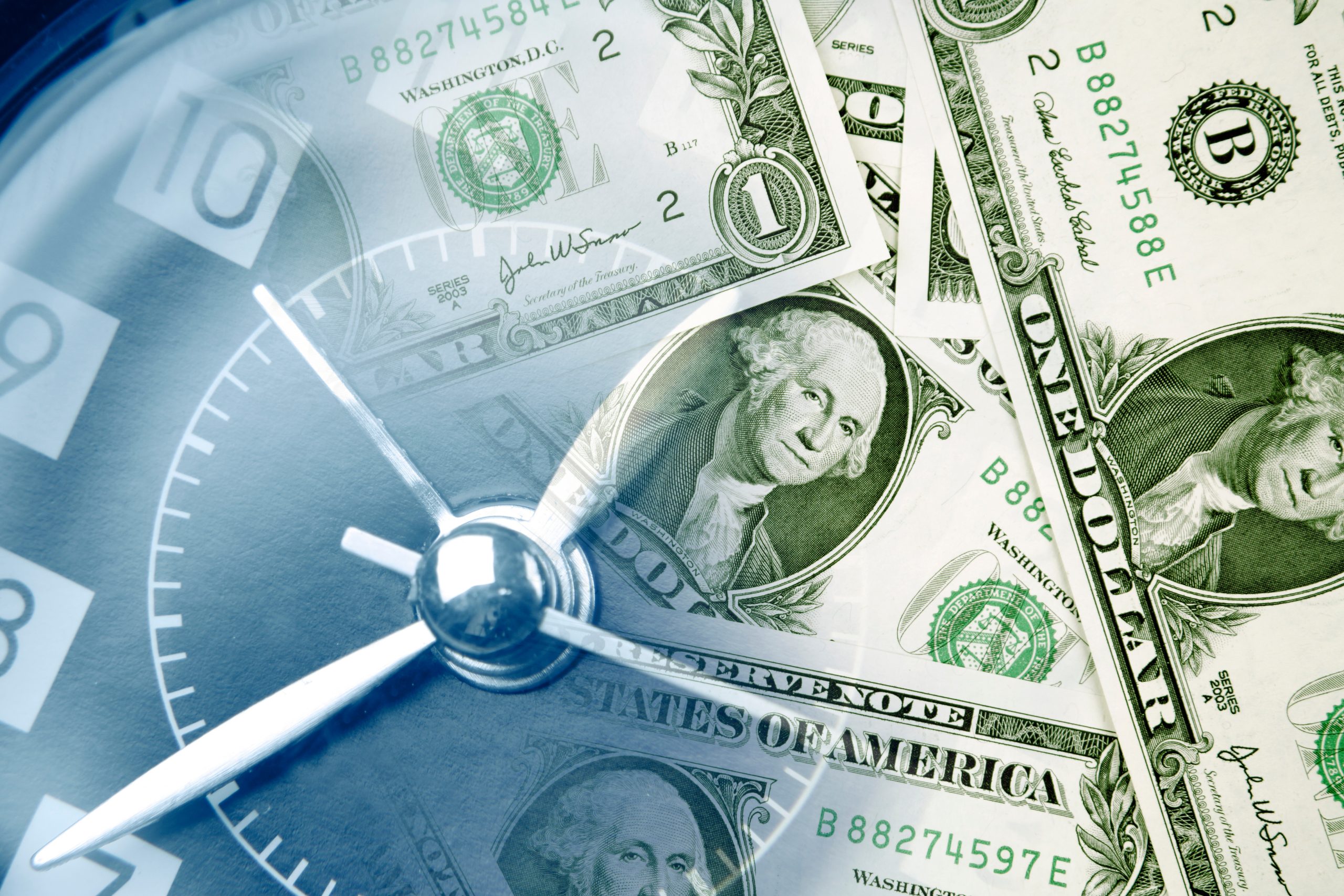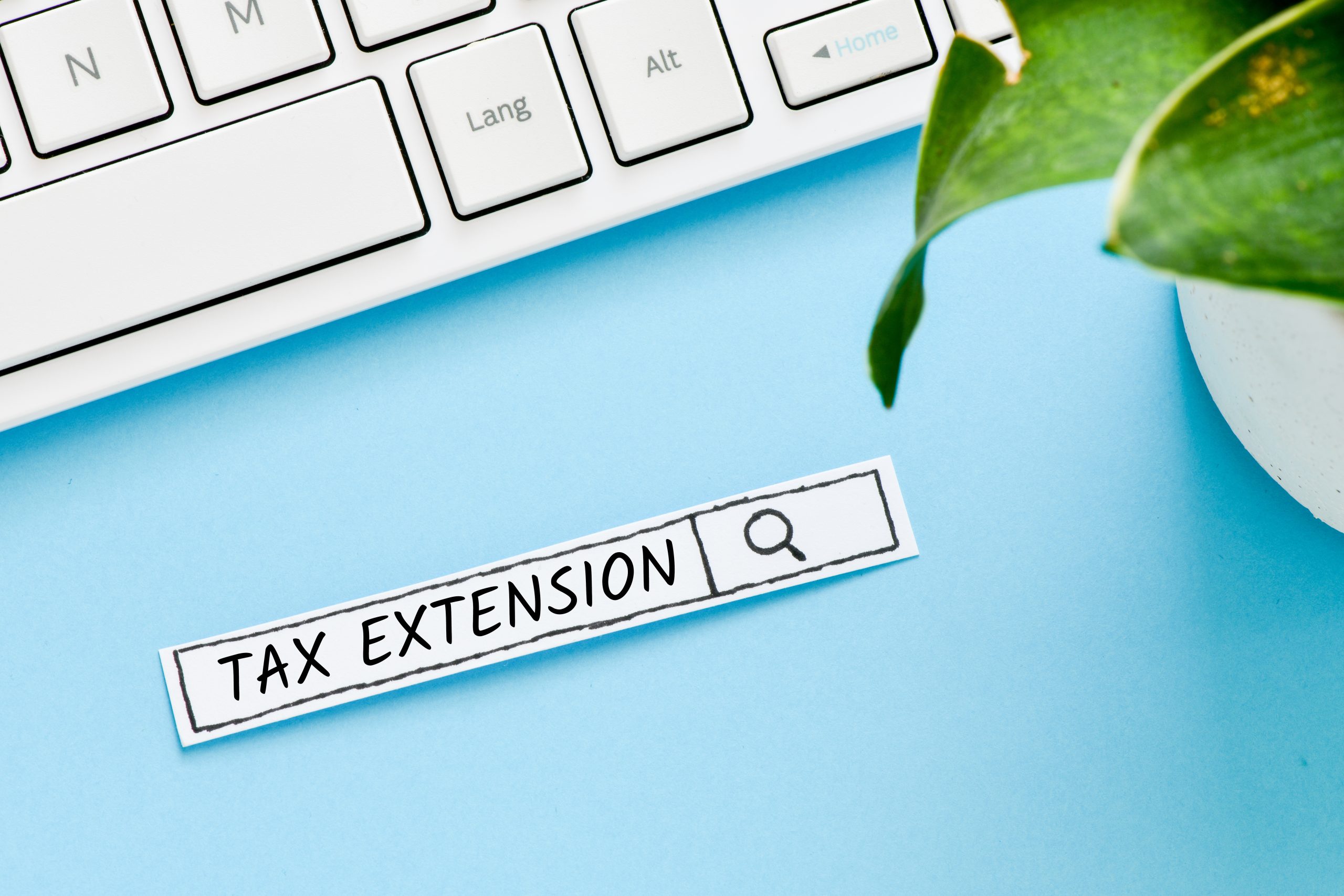In 2017, the historic Tax Cuts and Jobs Act (TCJA) was ratified and enacted- to be effective in 2018. Massive alterations to the very fabric, and a good portion of the fundamental basics, of a tax code the country had adhered to for almost four decades, was dismissed. Included among the changes were some very substantial switches to depreciation, both for individuals and businesses. In this post, we would like to elaborate on the changes made to the bonus depreciation regulations that have just recently become law.
2018 will be the first year that tax filers must adhere in their filings to the TCJA. And, no one is disputing that the TCJA needs some clarification, particularly in the depreciation arena…more specifically, in the first-year depreciation clause. The first-year depreciation provision went above and beyond just increasing introductory-year depreciation from 50 to 100 percent cost. The new law also proceeded to greatly expand what property would qualify for the deduction and this included specific and designated used property. The inclusion of used property and machinery is a significant, and favorable, change from previous bonus depreciation rules. Qualified property can include including computers, purchased software, vehicles, machinery, equipment and office furniture.
The TCJA qualified property definition did not alter the original/prior use definition of property. This definition is the topic of 168(k)(2)(E)(ii). Prior definitions of used property all denote that it is any new business or trade property utilized for the very first time. For instance, a business owner might financially obtain a new bulldozer that has been sitting unused in the warehouse. To reiterate, “used property” is now eligible for the depreciation clause as a result of the TCJA’s enactment if:
- No predecessor used the property prior to the acquisition
- No controlled group component members were involved in the property acquisition
- No related party was involved in the property acquisition
- No used property basis is derived from the adjusted basis of the property
- No used property basis is derived from the provision for choosing a basis based on a decedent
Some examples may be helpful to clarify the used property depreciation clause.
First, let’s look at a used property acquisition and its respective original use. On March 1, 2018, the local brick and mortar store purchases a new product for $34,000 from another local supplier. In September of 2020, another small shop purchases the same machine for $14,000, for business purposes. In order to have the machine in full functioning mode, the local store pays $2,000 to refurbish the machine. No depreciable interest in the machine, prior to its 2020 acquisition was made between the two parties.
The brick and mortar shop’s purchase price of $34,000 fits the original use requirement, as long as all other requirements are met. This is a standard instance of a piece of used property being eligible for the bonus depreciation deduction.
Now, let’s look at an example that does not meet the original requirement but does fit the described requirements for used property. The original brick and mortar shop, as long as all other guideline are adhered to, can say that the original purchase price of $34,000 is eligible for the bonus depreciation deduction.
The following example dives into related party transfer of assets under the described acquisition guidelines. A father sells a machine to an unrelated party, a neighbor- who subsequently sells the machine to the father’s son for use in the son’s company. In this case, all transfers of the said machine are treated as a direct transfer from the father to his son. The father and the son are clearly related parties, and the son’s purchase of the machine does meet the used property acquisition regulations. Hence, the transfers of the machine are looked upon as a direct transfer from the father to his son, and this means that the unrelated party’s purchase of the machine is not eligible for the additional first-year depreciation deduction.
For further protocol, the IRS offers very detailed guidance in REG-104397-18. However, the importance of employing the services of a tax professional with extensive knowledge of acquisitions cannot be understated.
Conclusion
Now bonus depreciation may be claimed for used property. And having the ability to take bonus depreciation on used property may become an important factor in M&A transactions and lease-versus-buy decisions. The anti-churning rules appear to require a significant tracking burden whenever property is disposed to ensure that neither the taxpayer, a related party, nor a successor takes bonus depreciation if the property is subsequently reacquired. Thomas Huckabee, CPA of San Diego, California recognizes that many options exist when it comes to choosing the right CPA. And, the right CPA is essential and needed to guide your business through all the new legislation that has been introduced. Operating a full-service accounting firm, Tom also guides clients through the complicated process of how new legislation ramifications affect your business. For assistance with determining the tax implications of purchasing new or used equipment contact us for a free consultation.

 </a
</a








